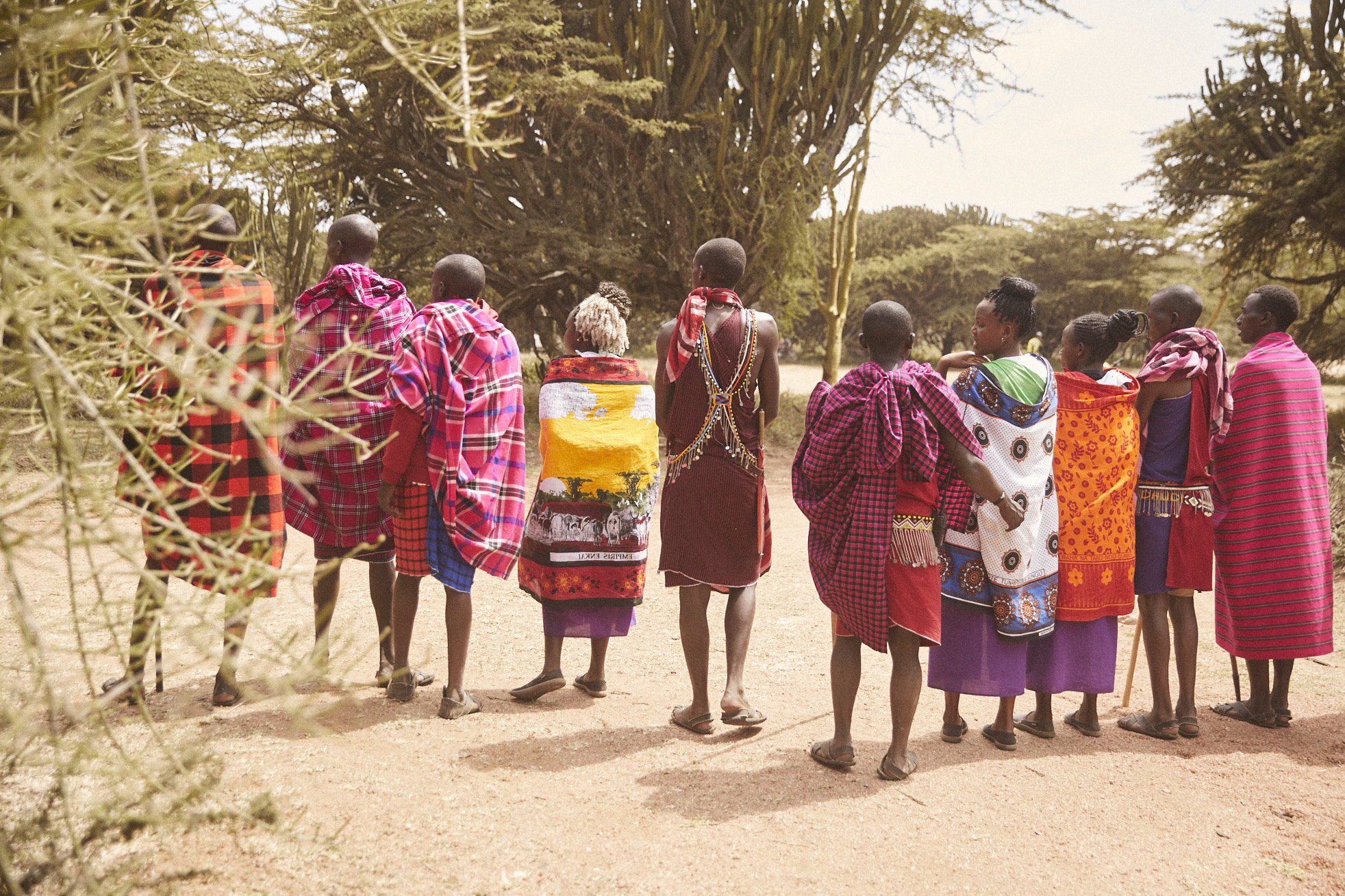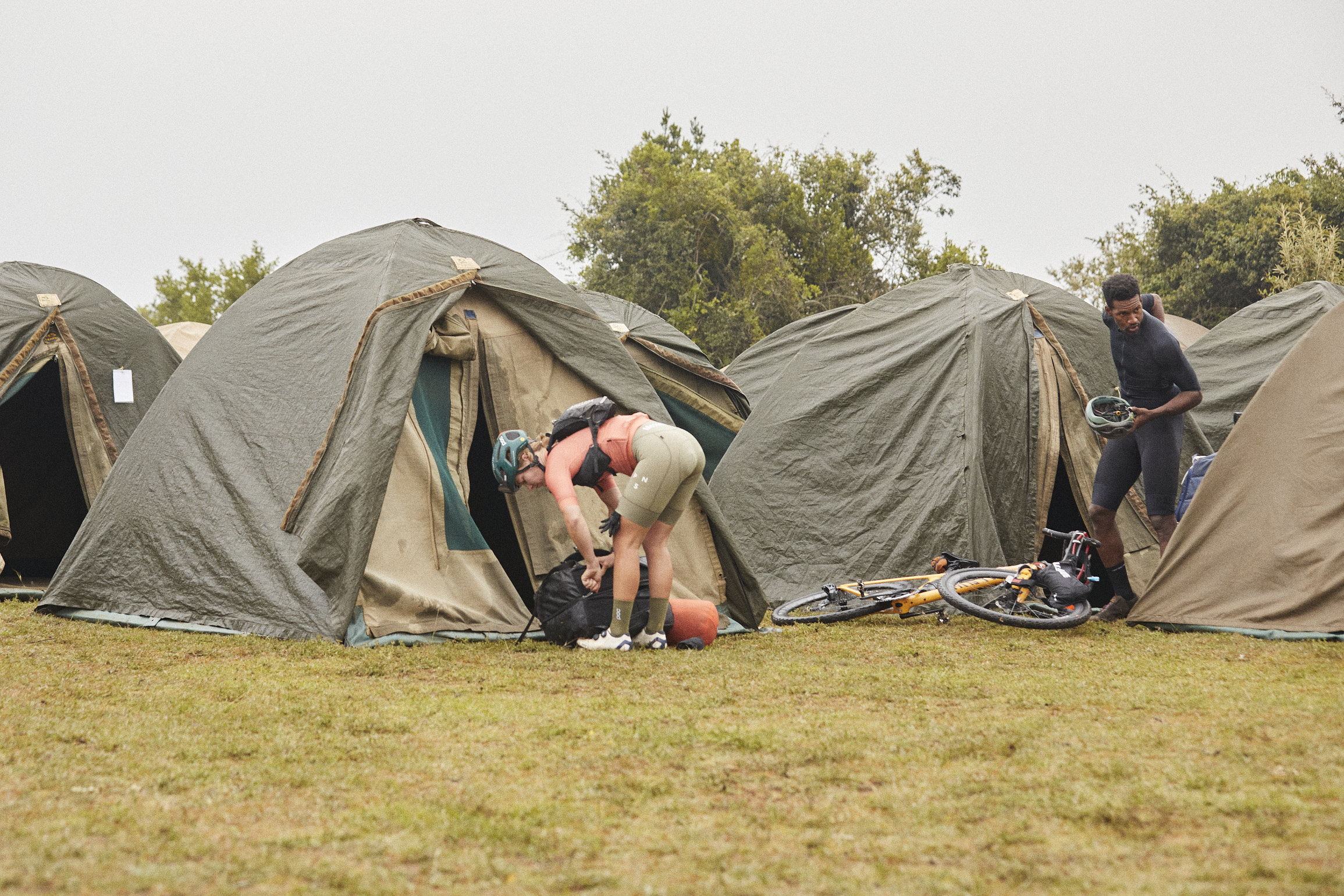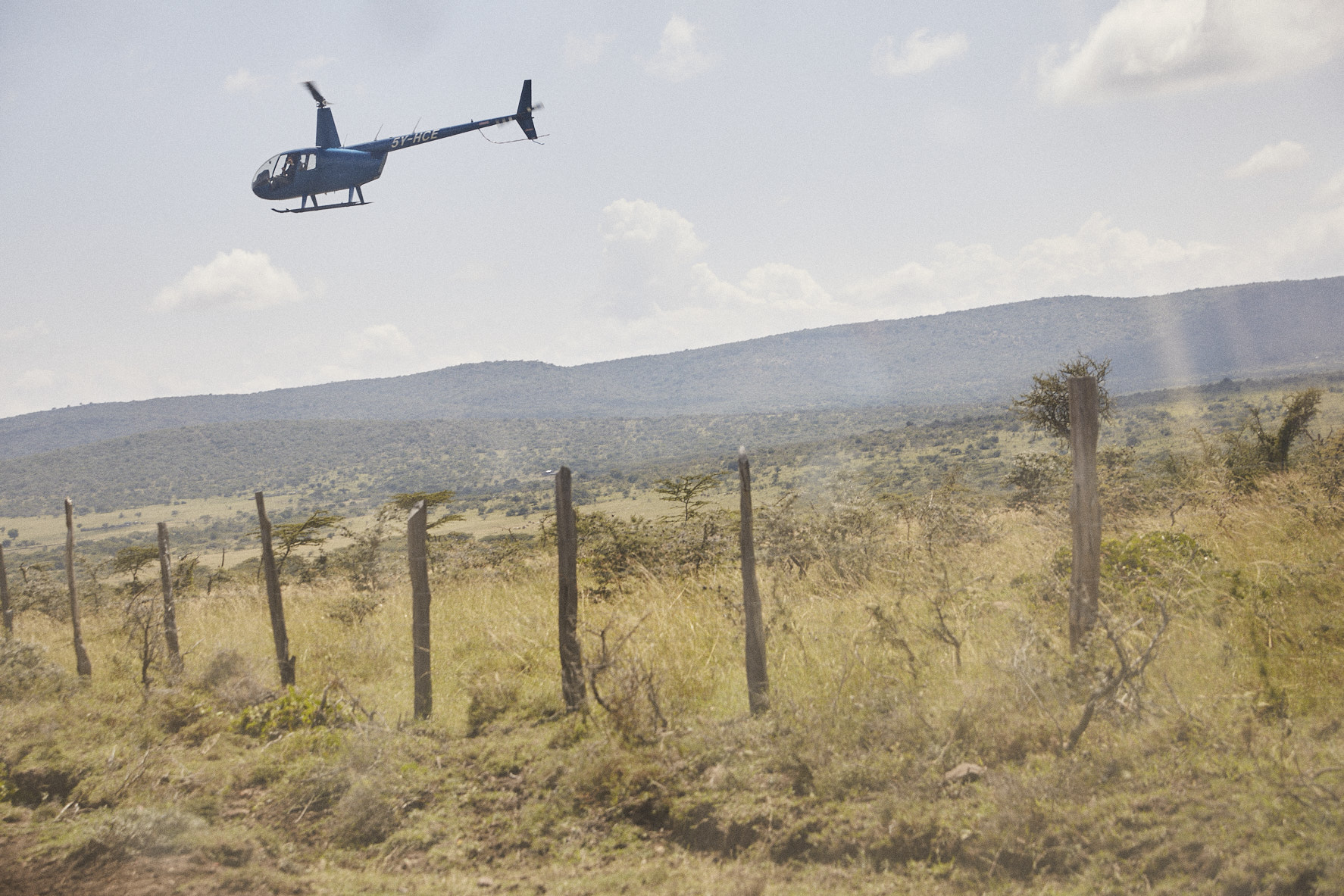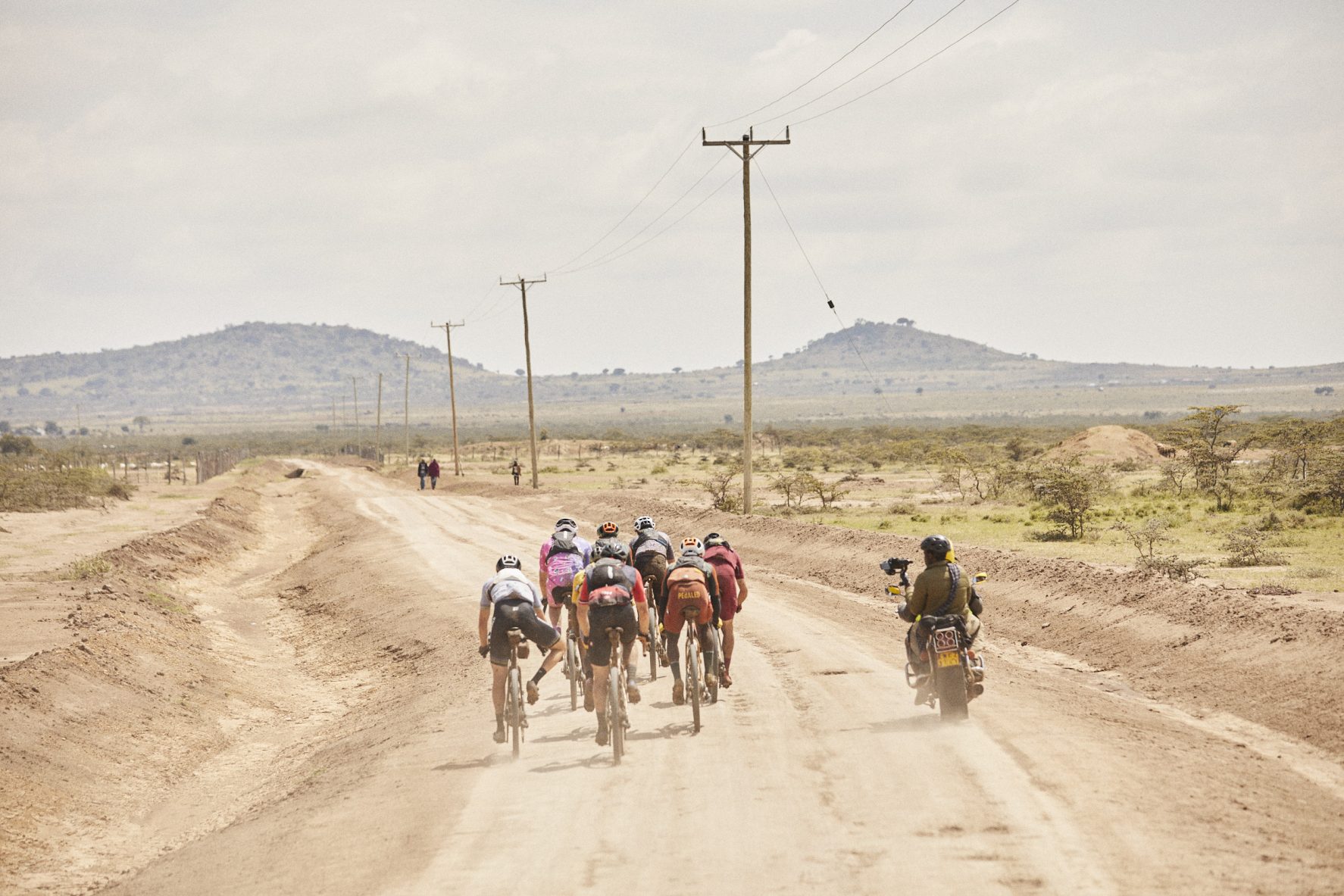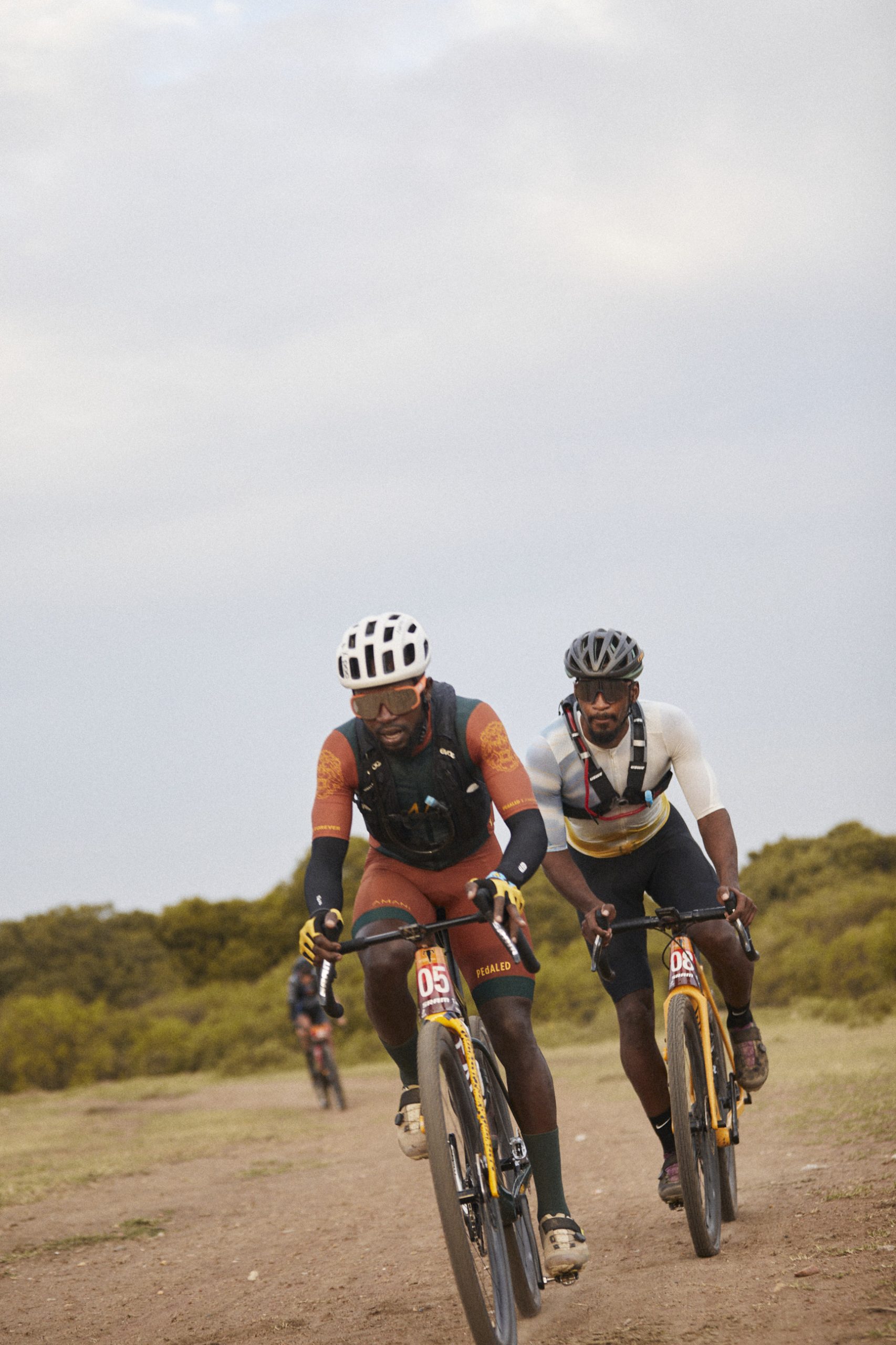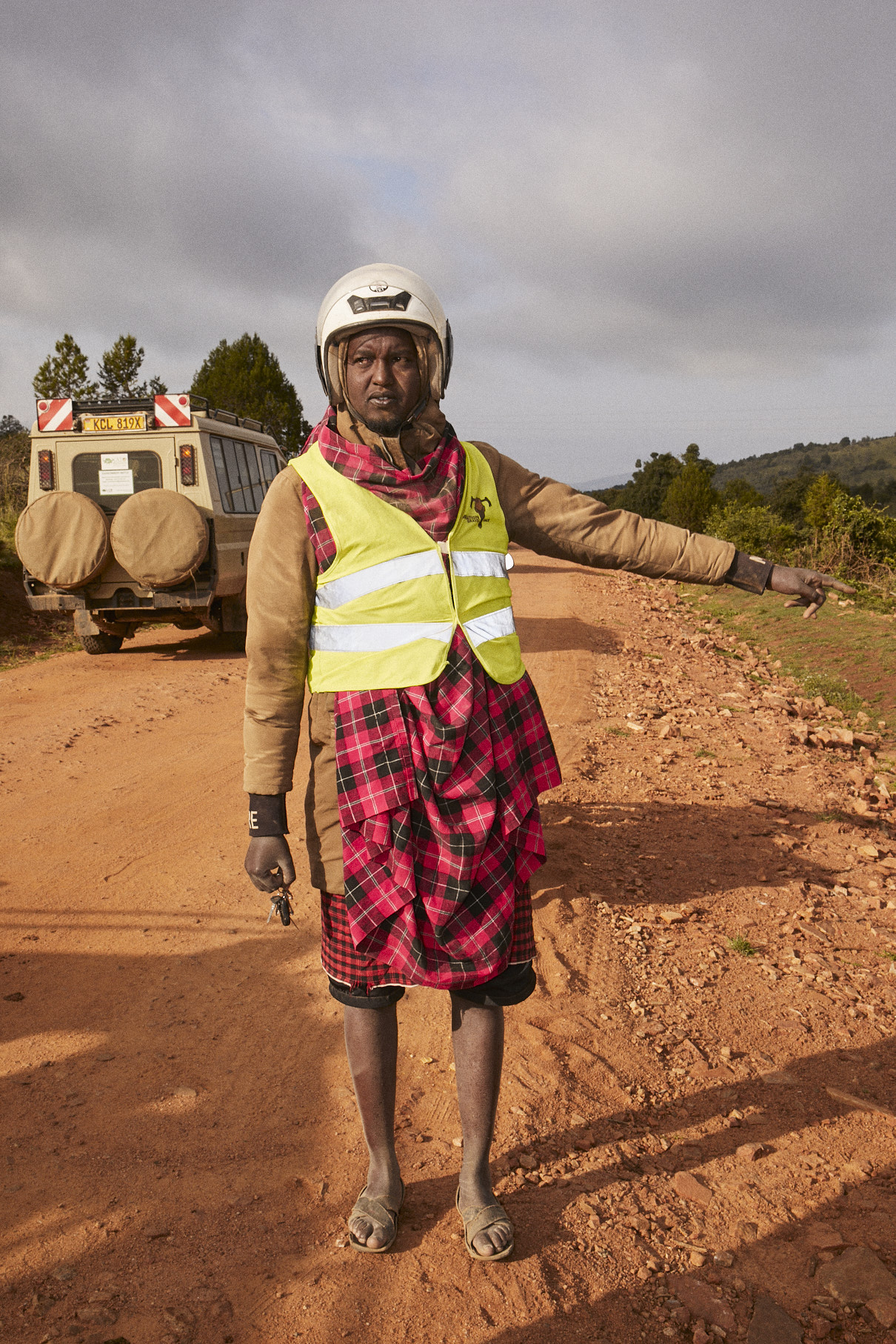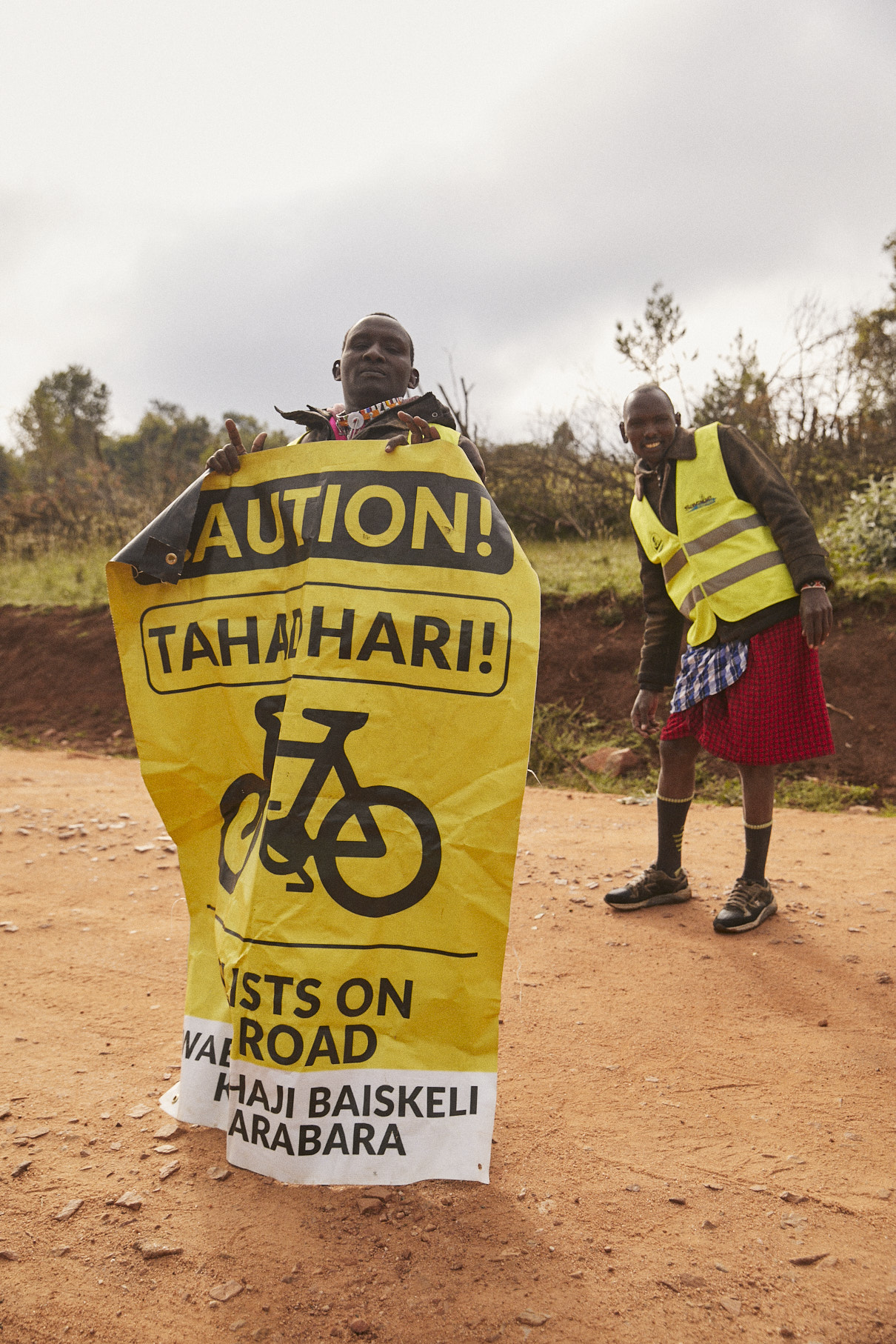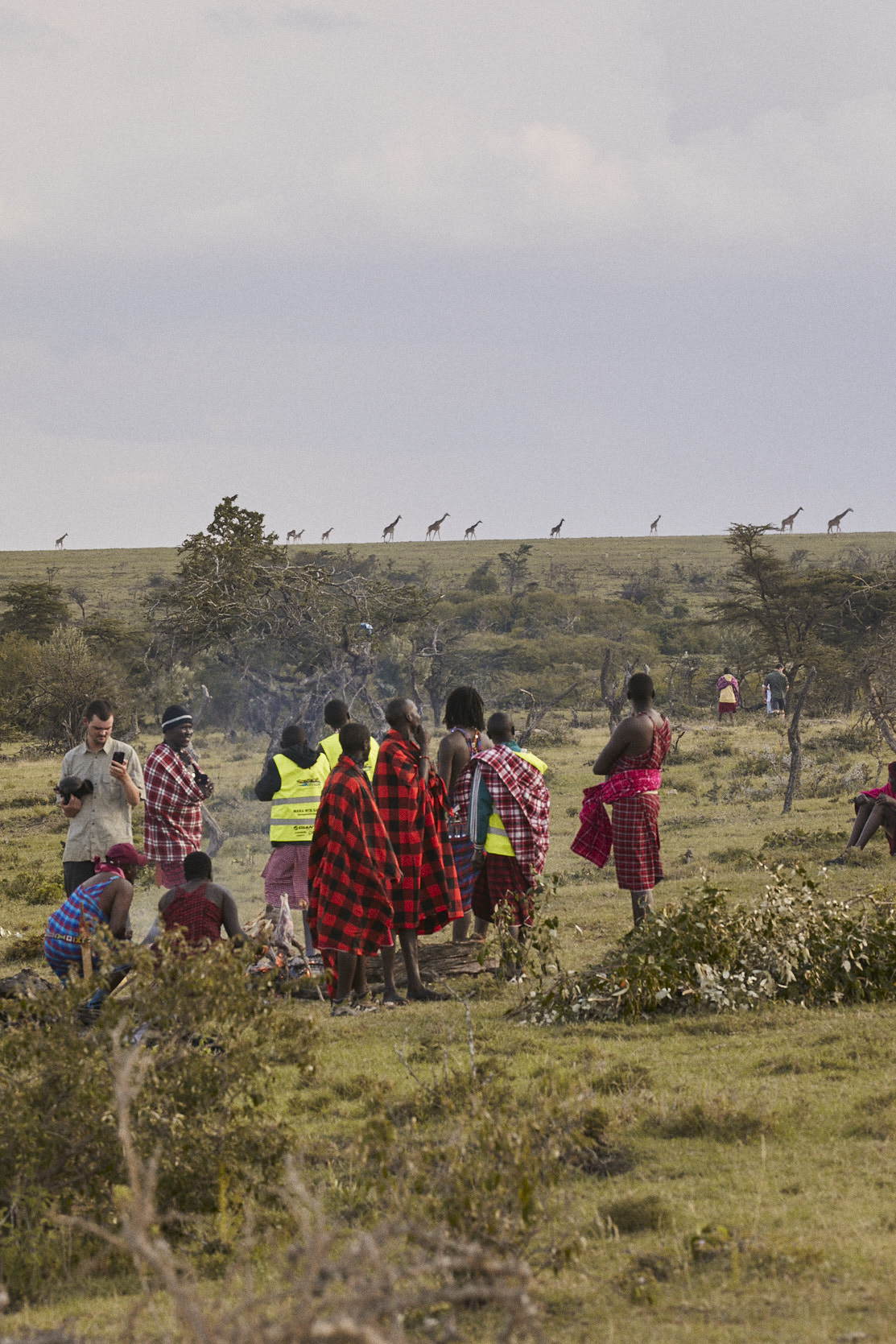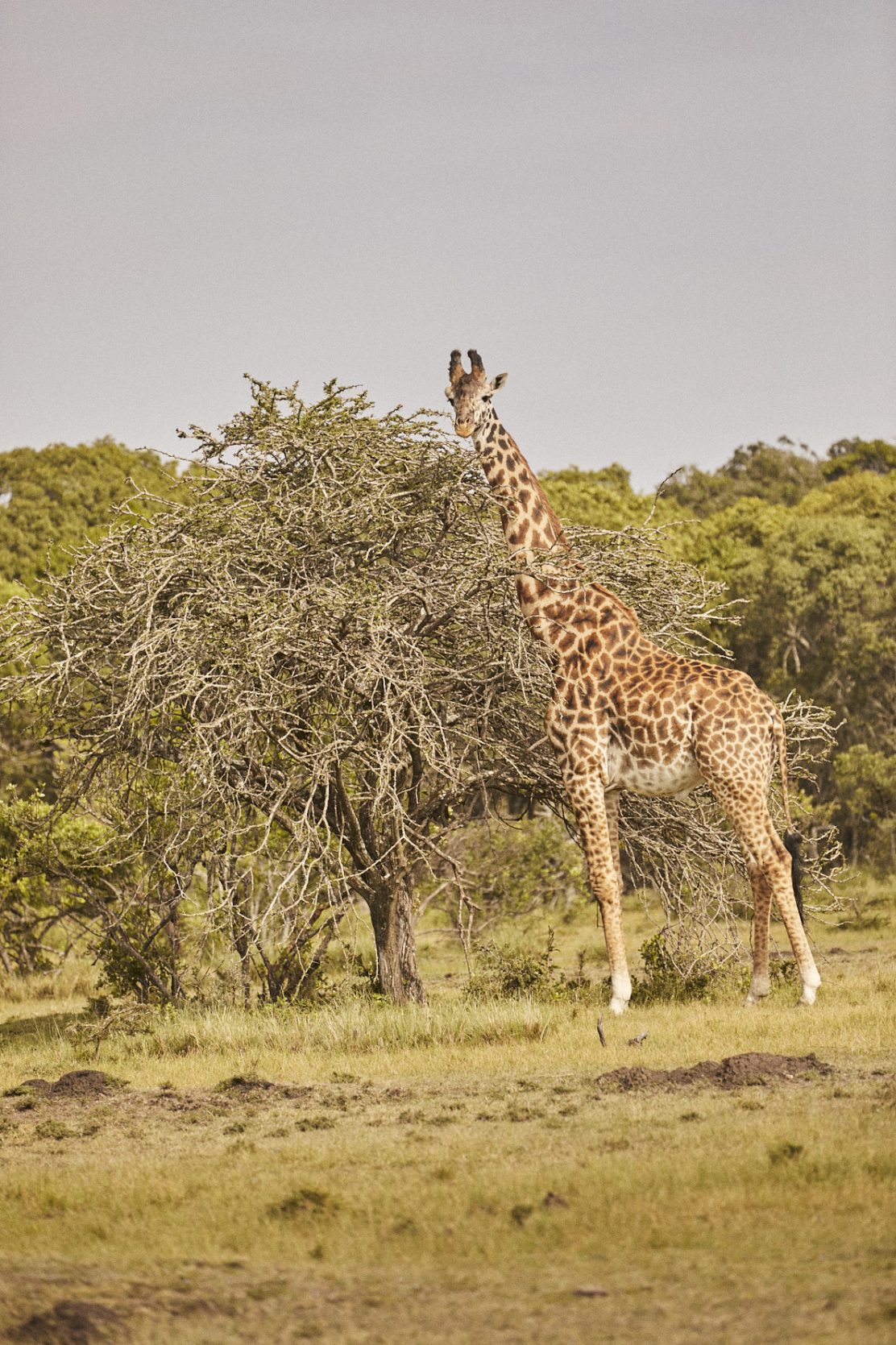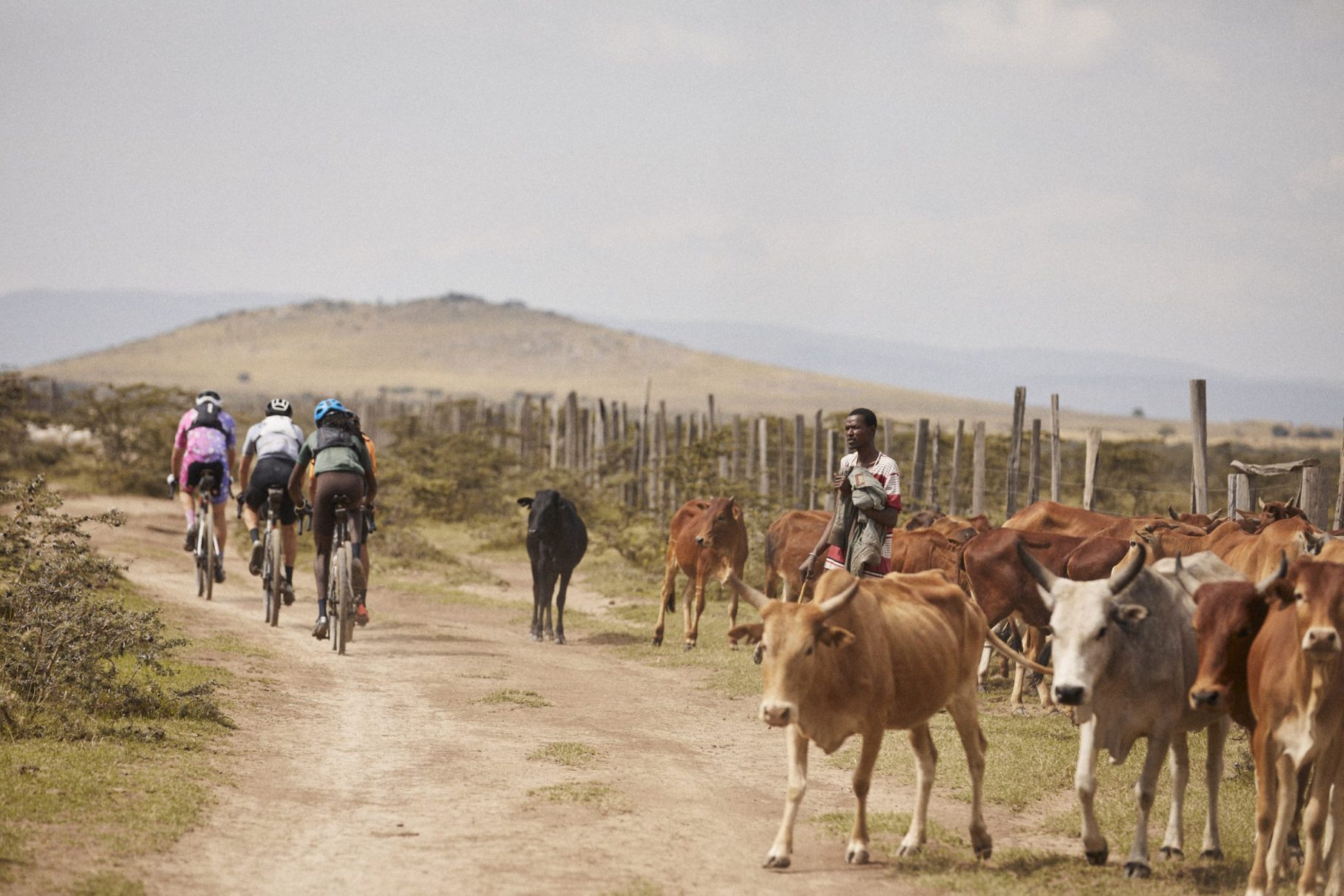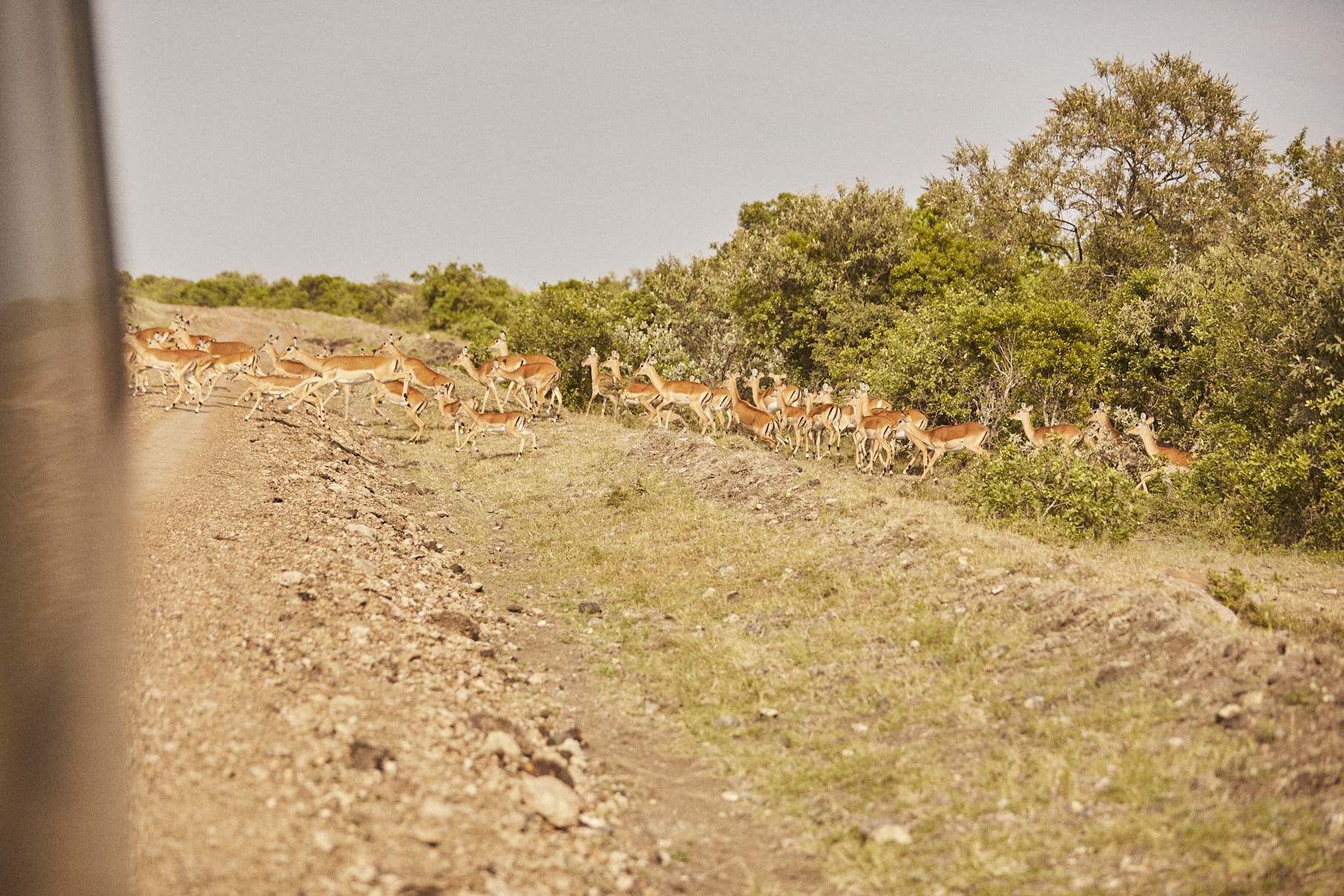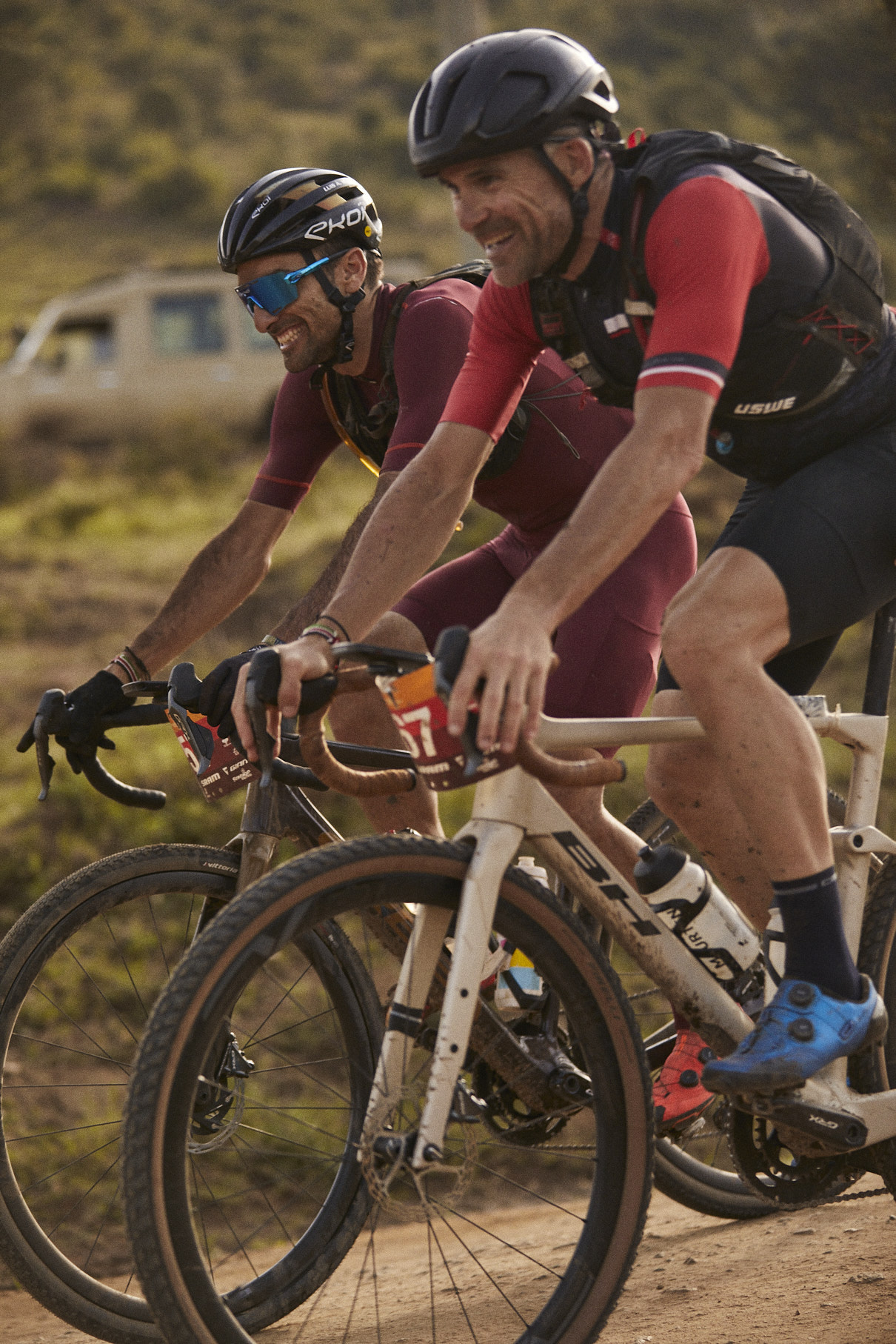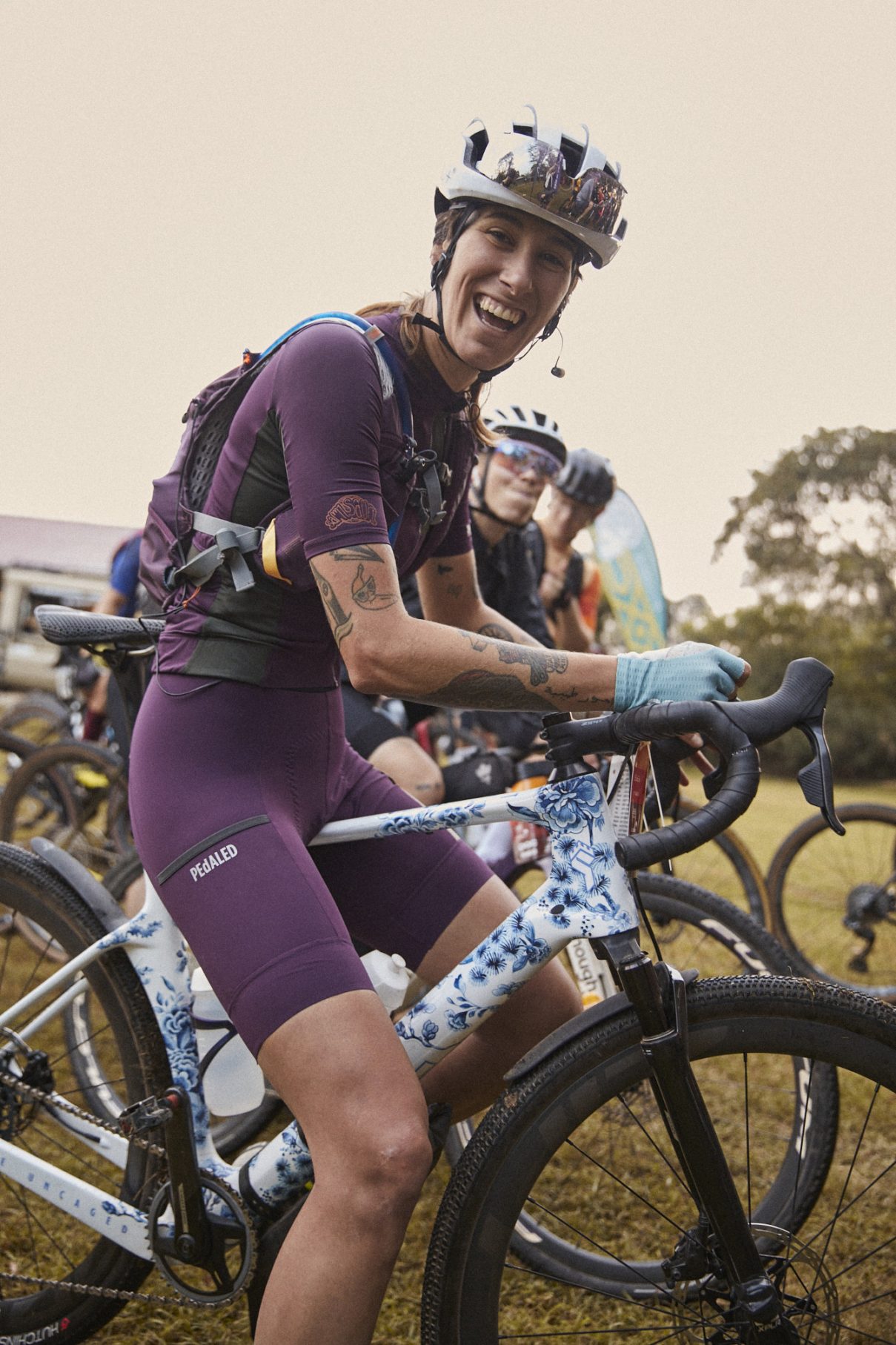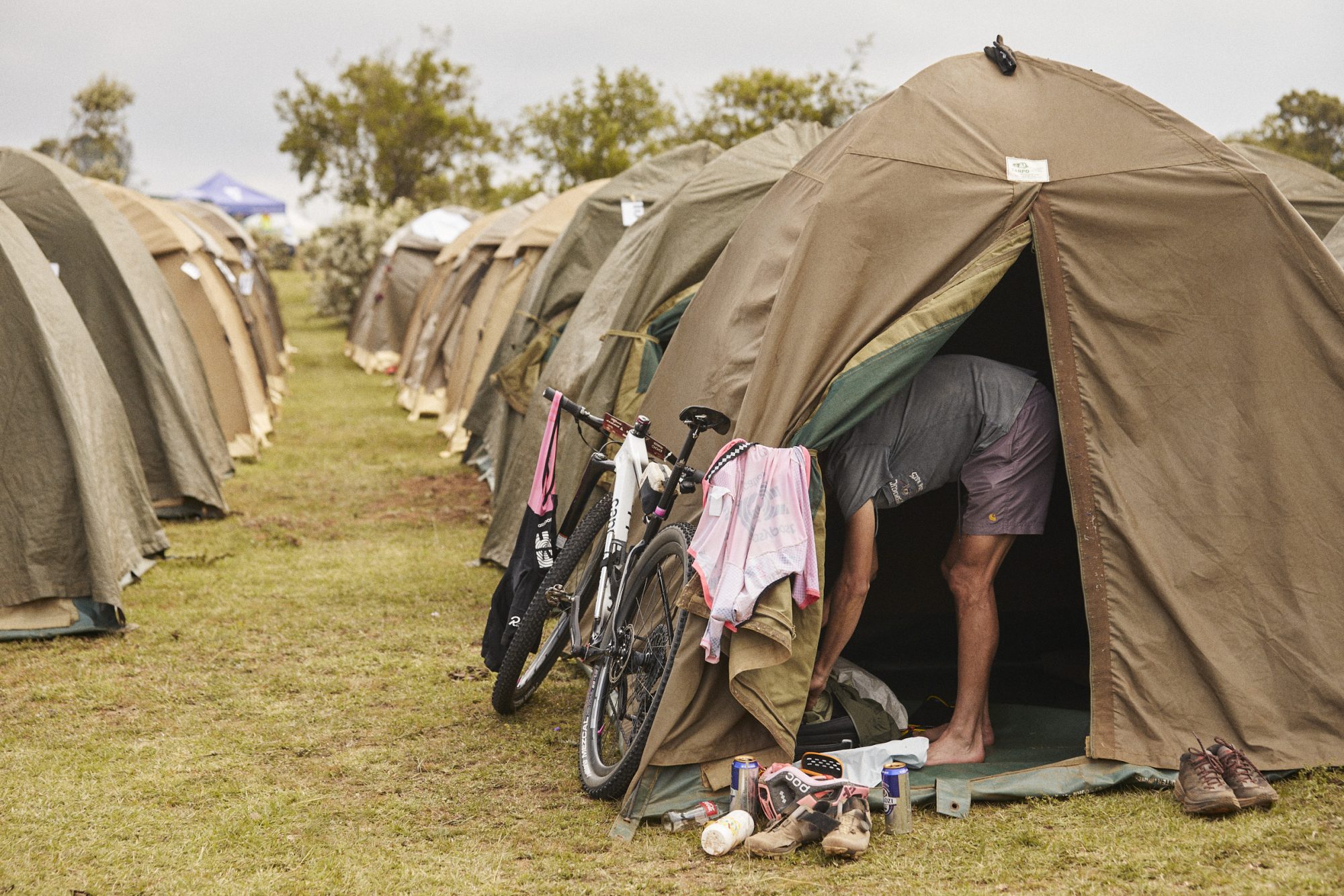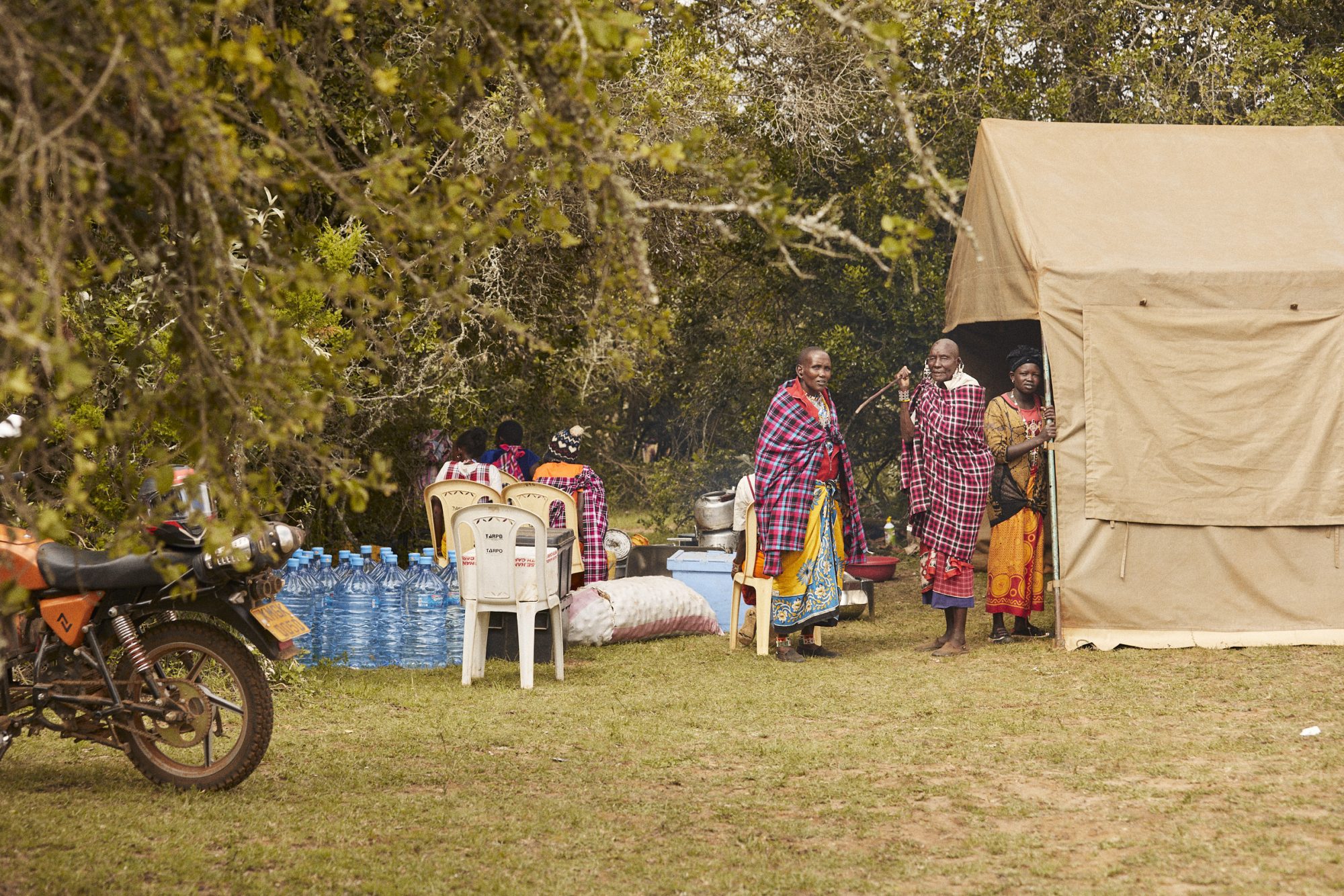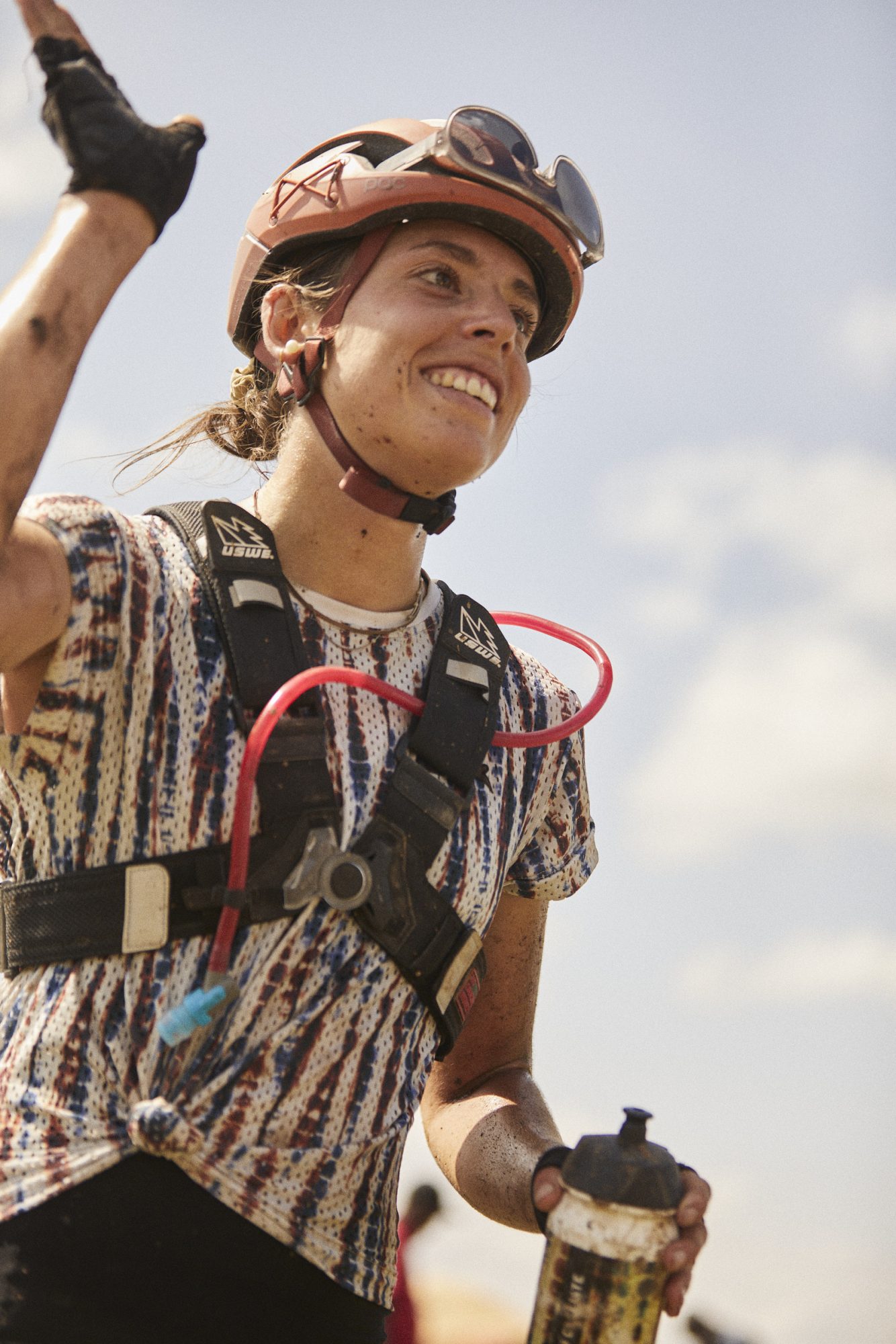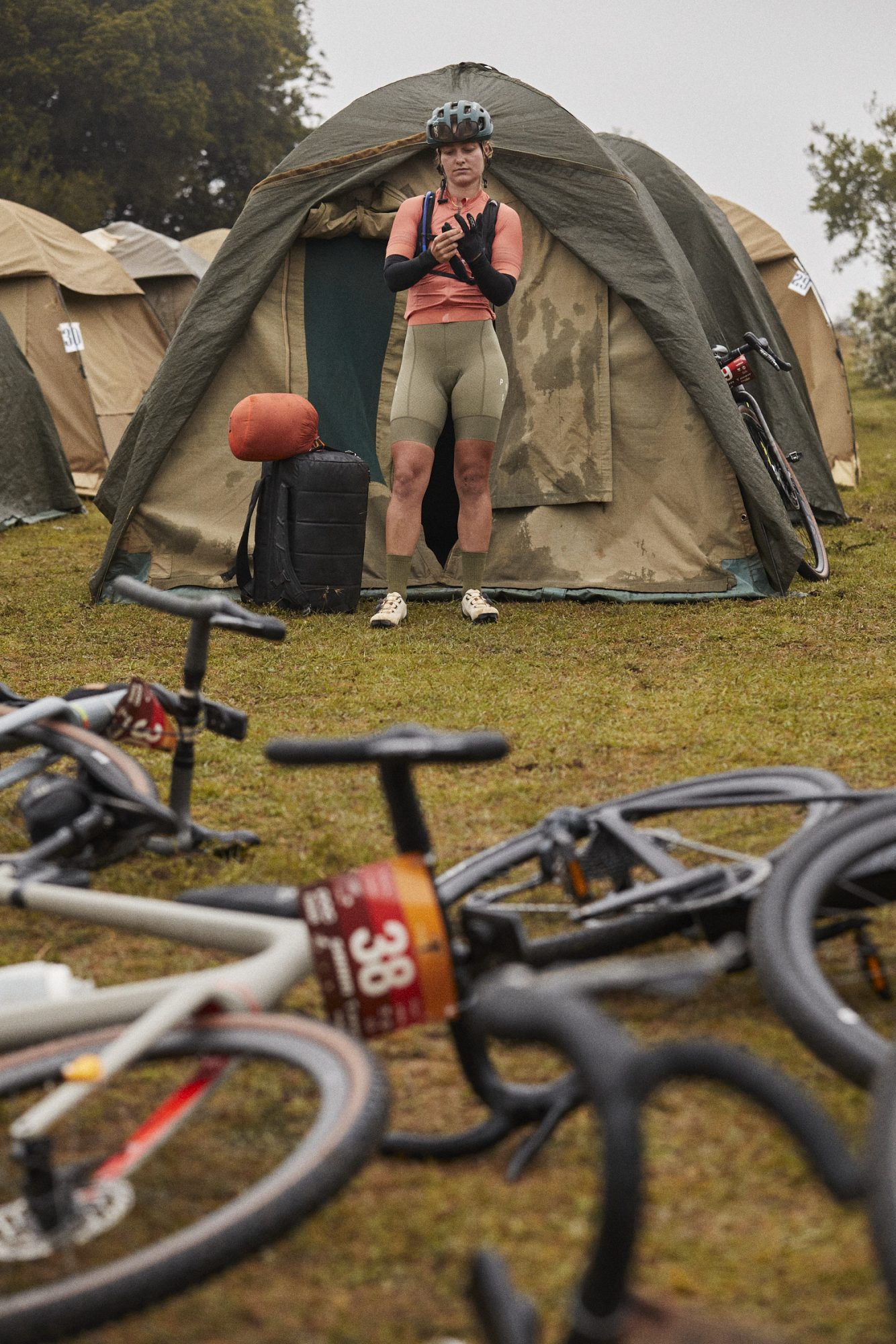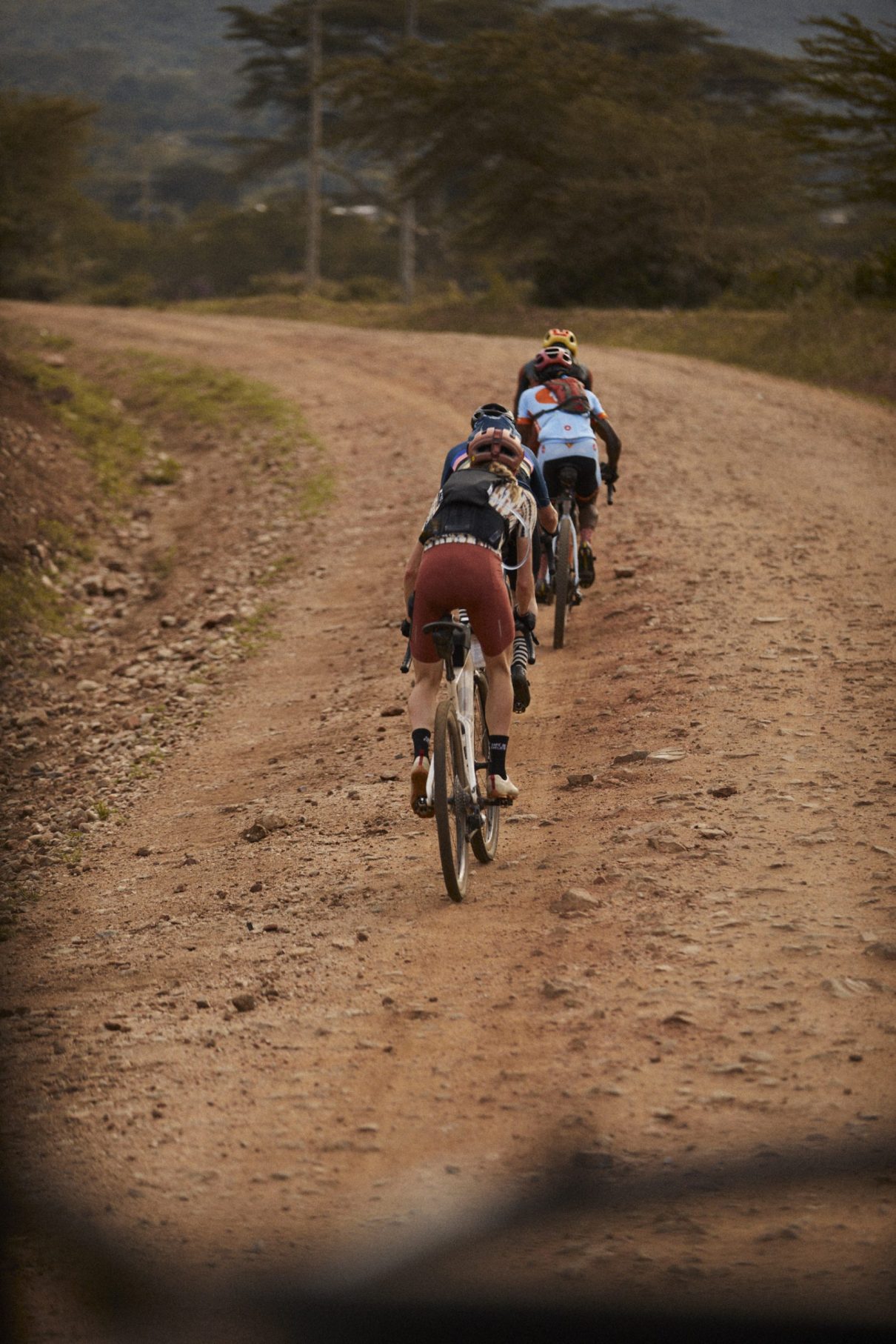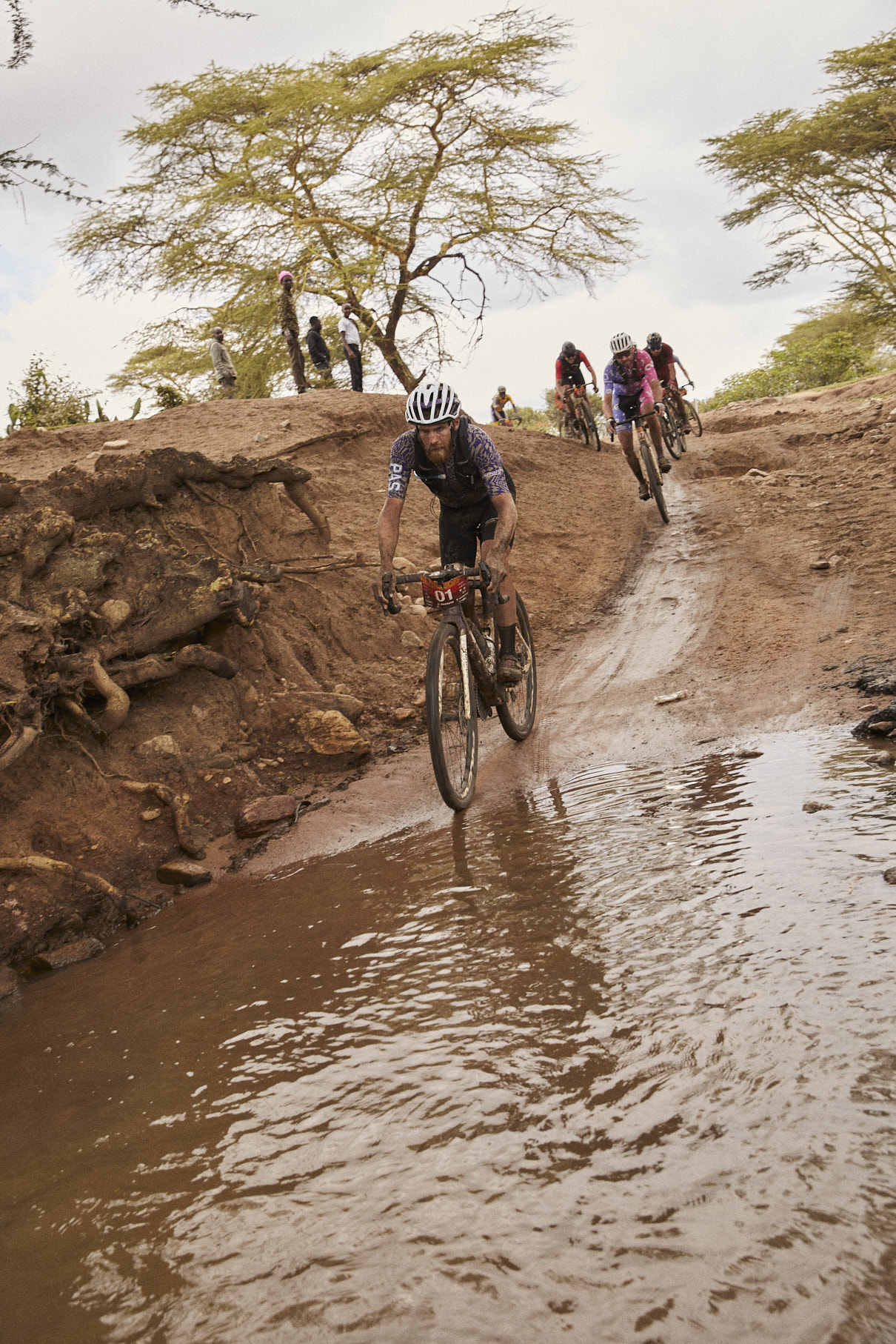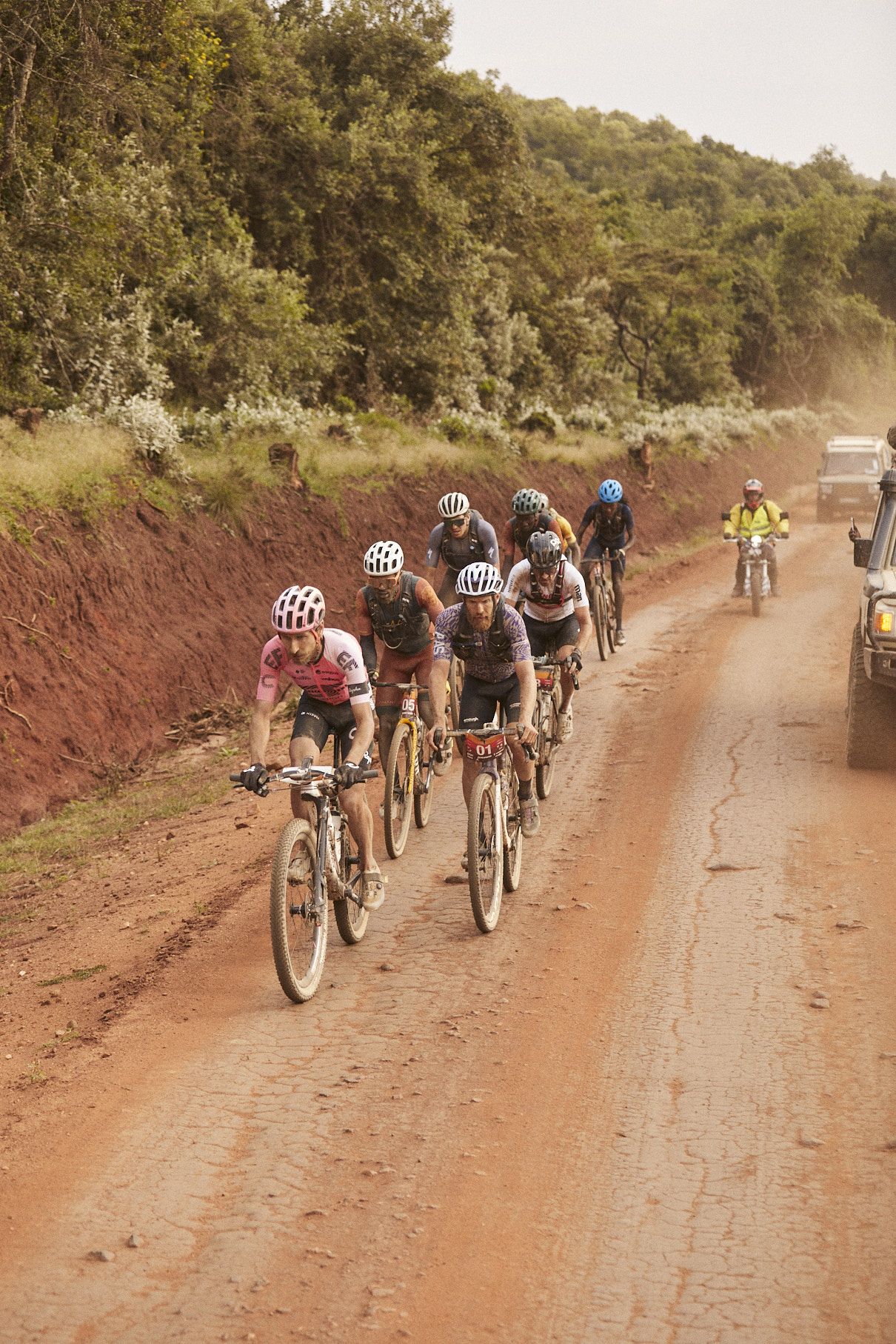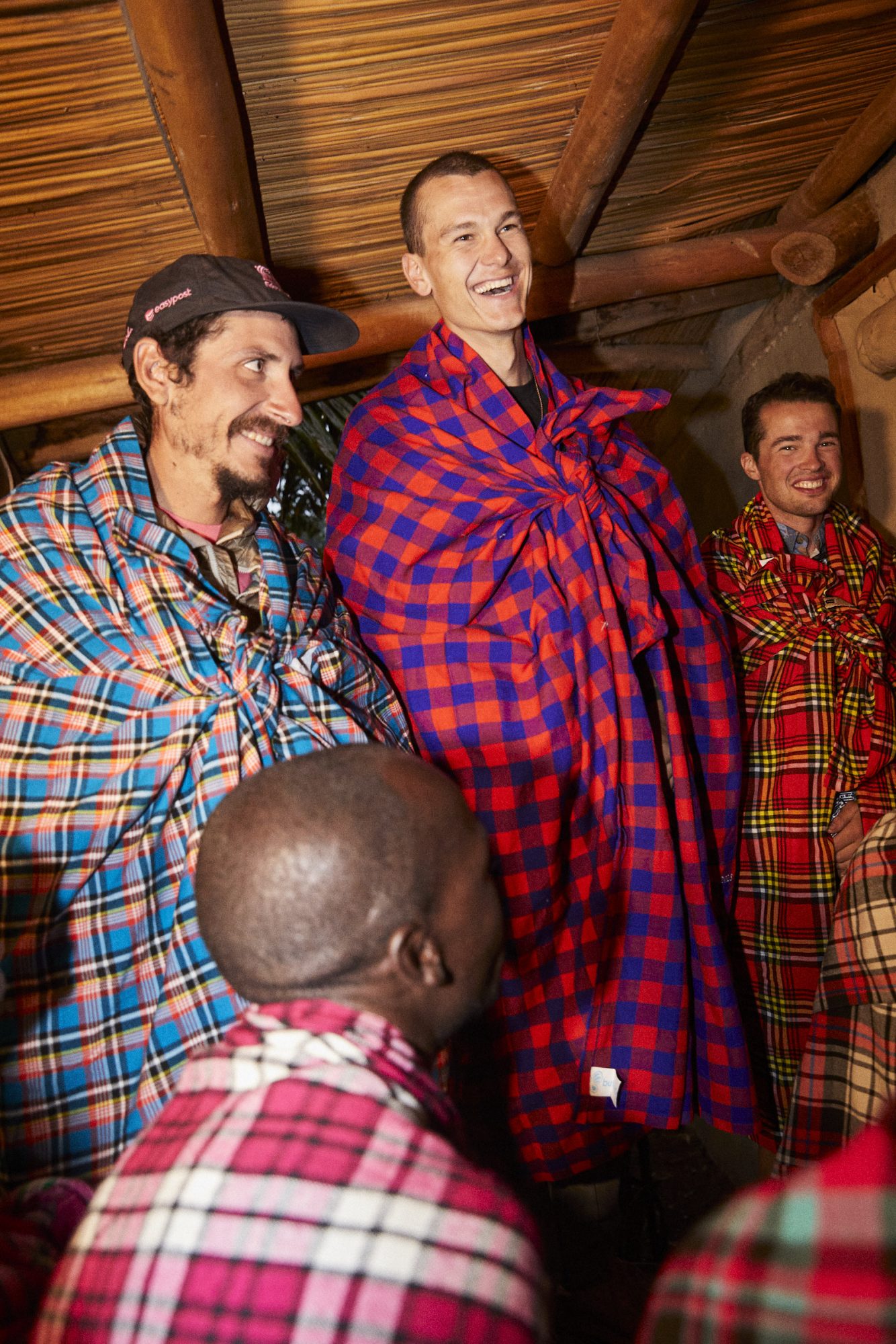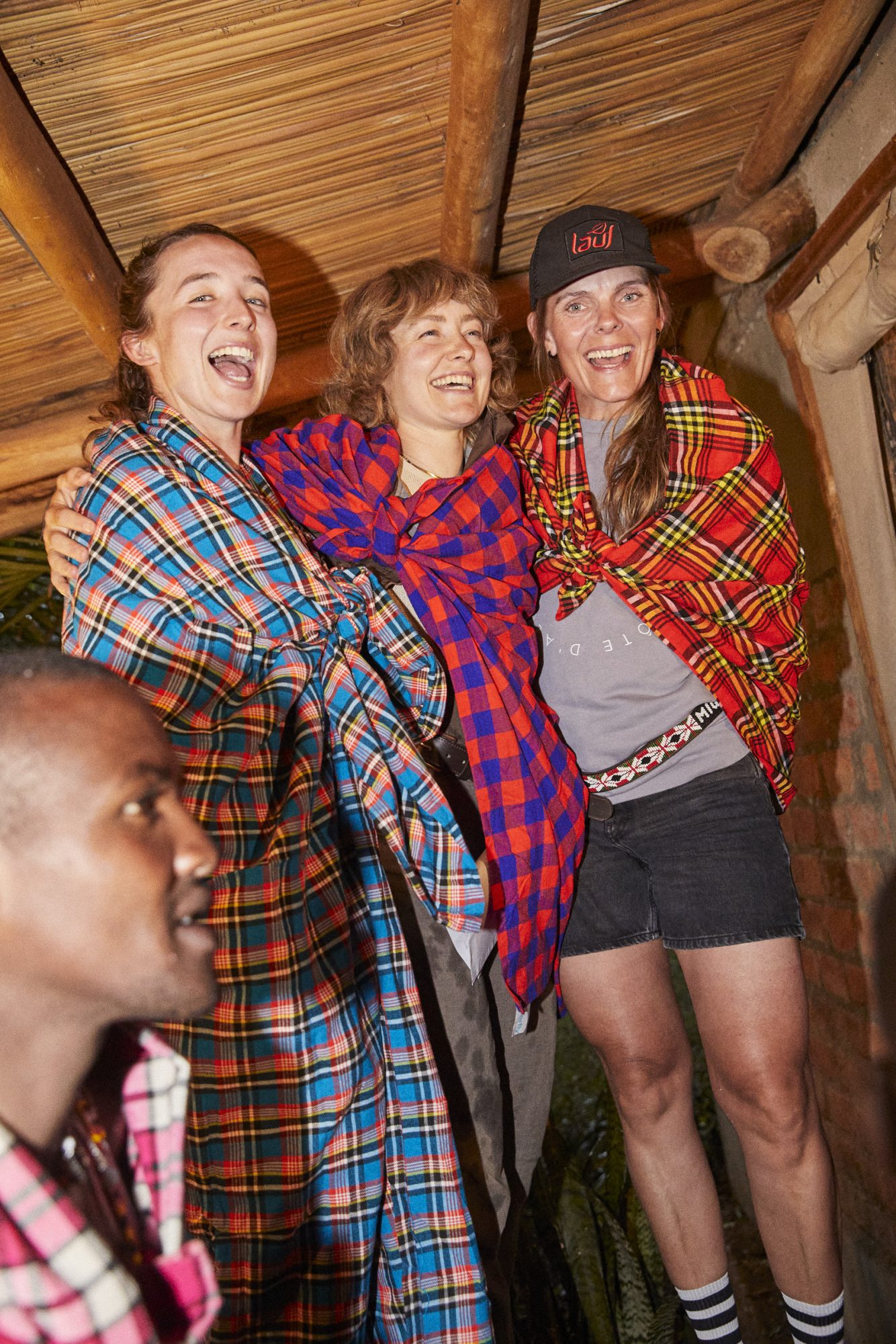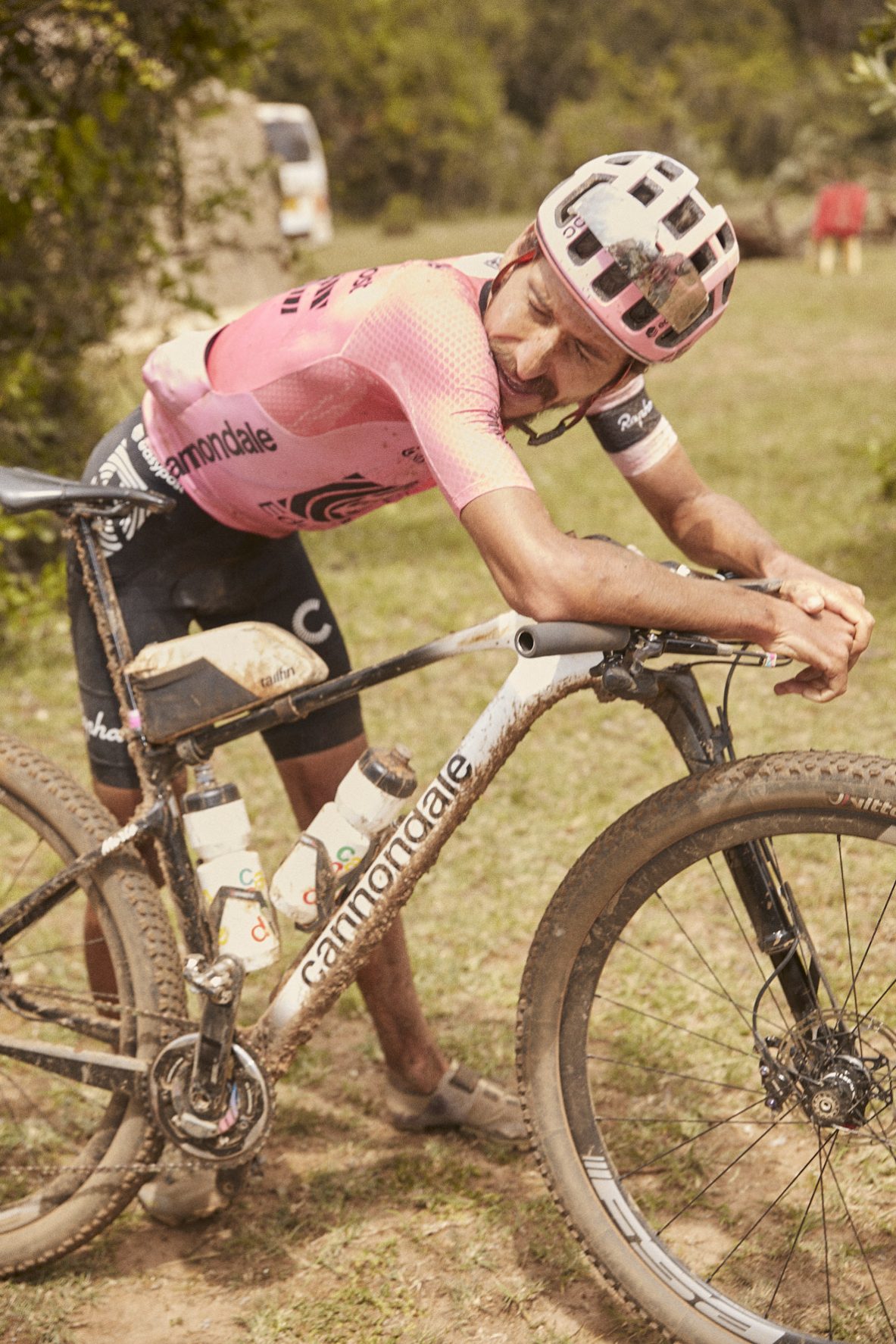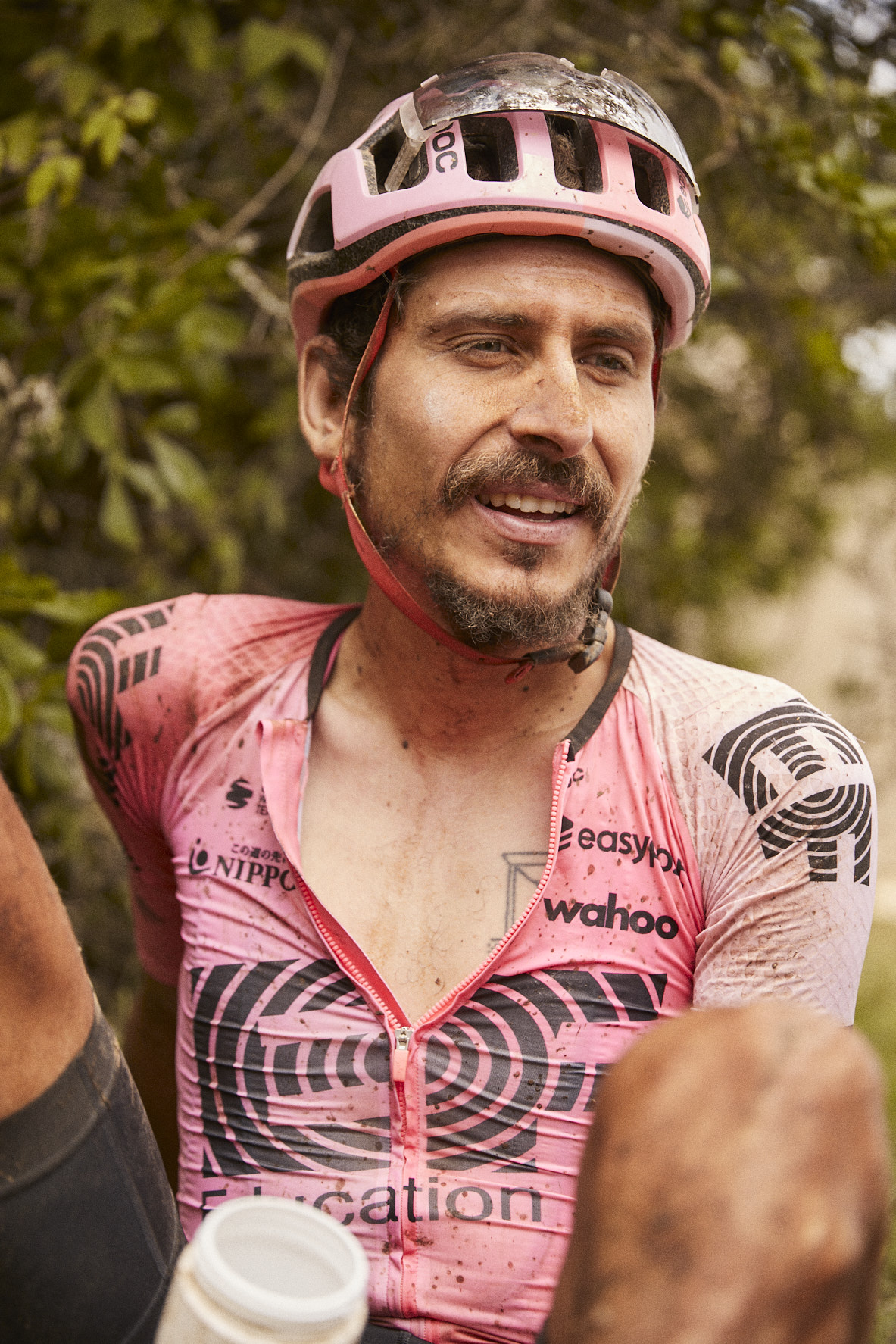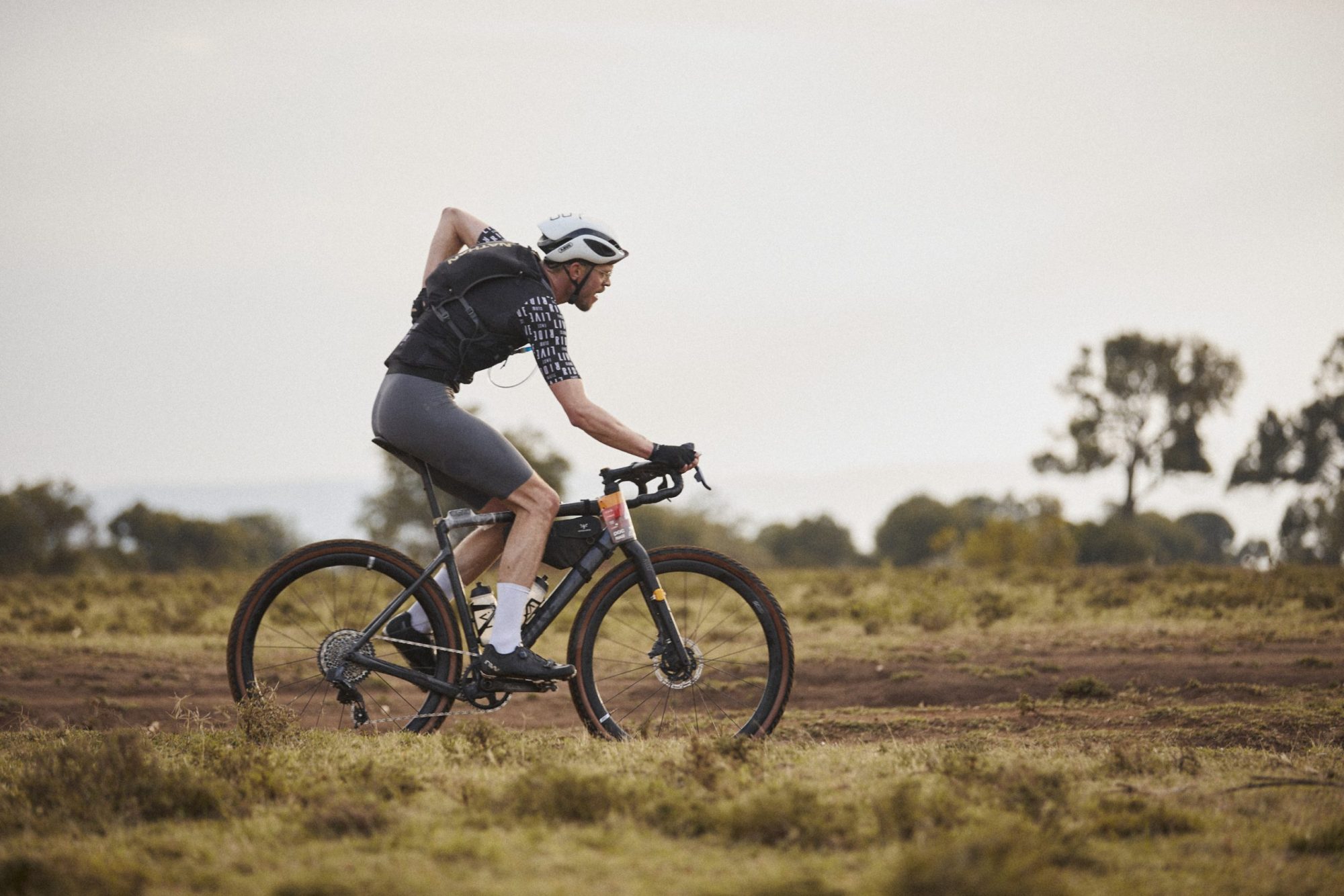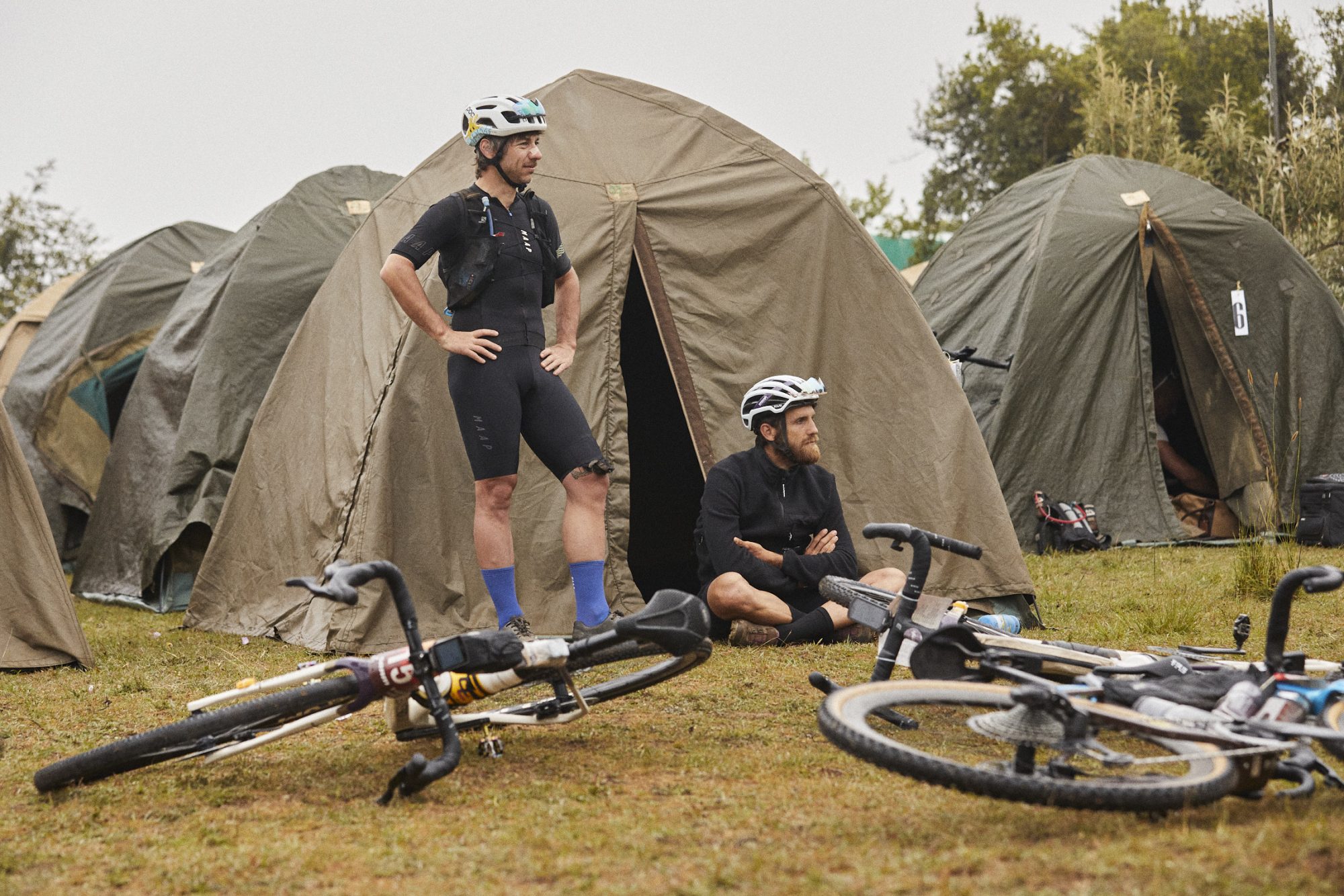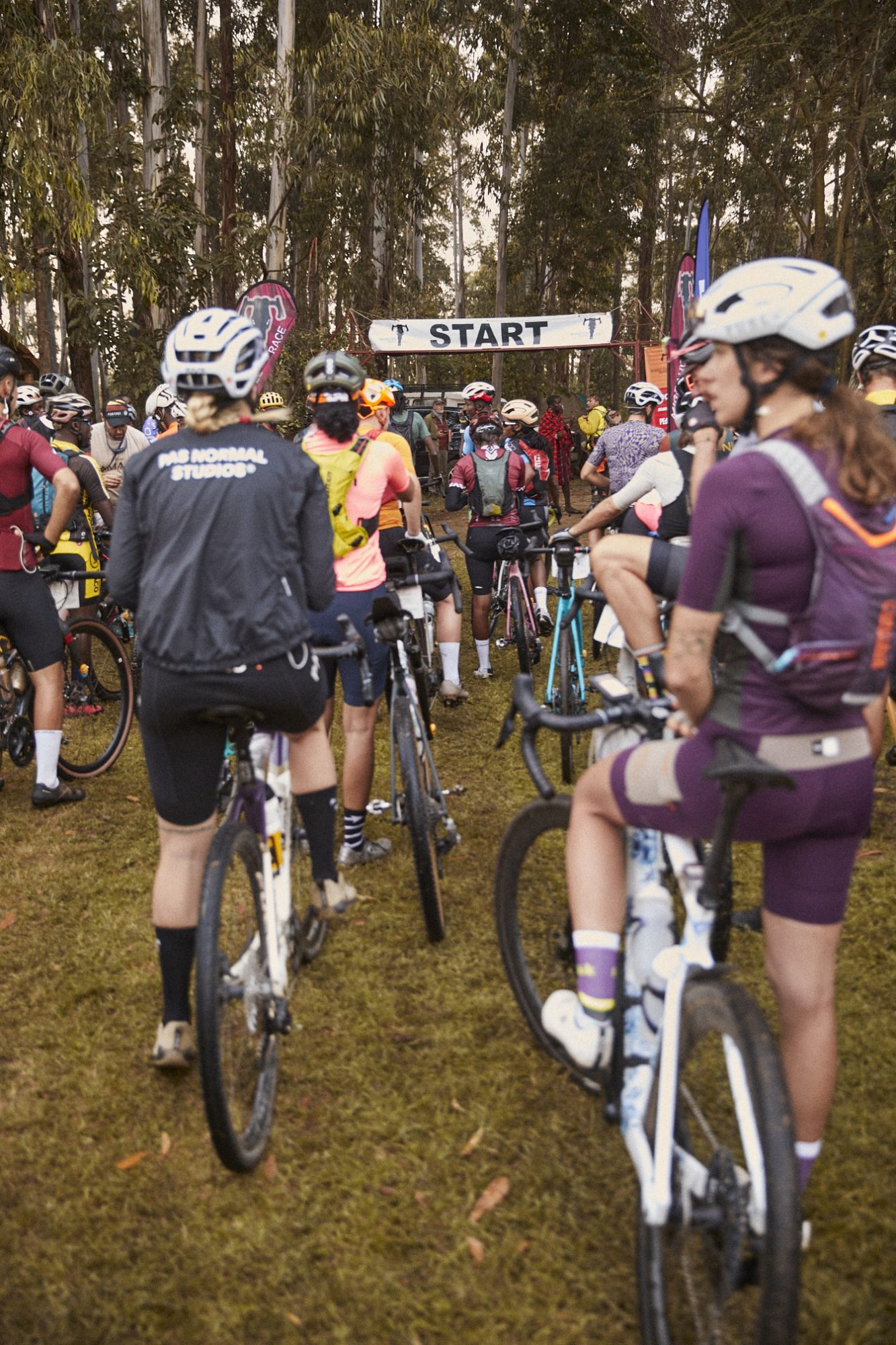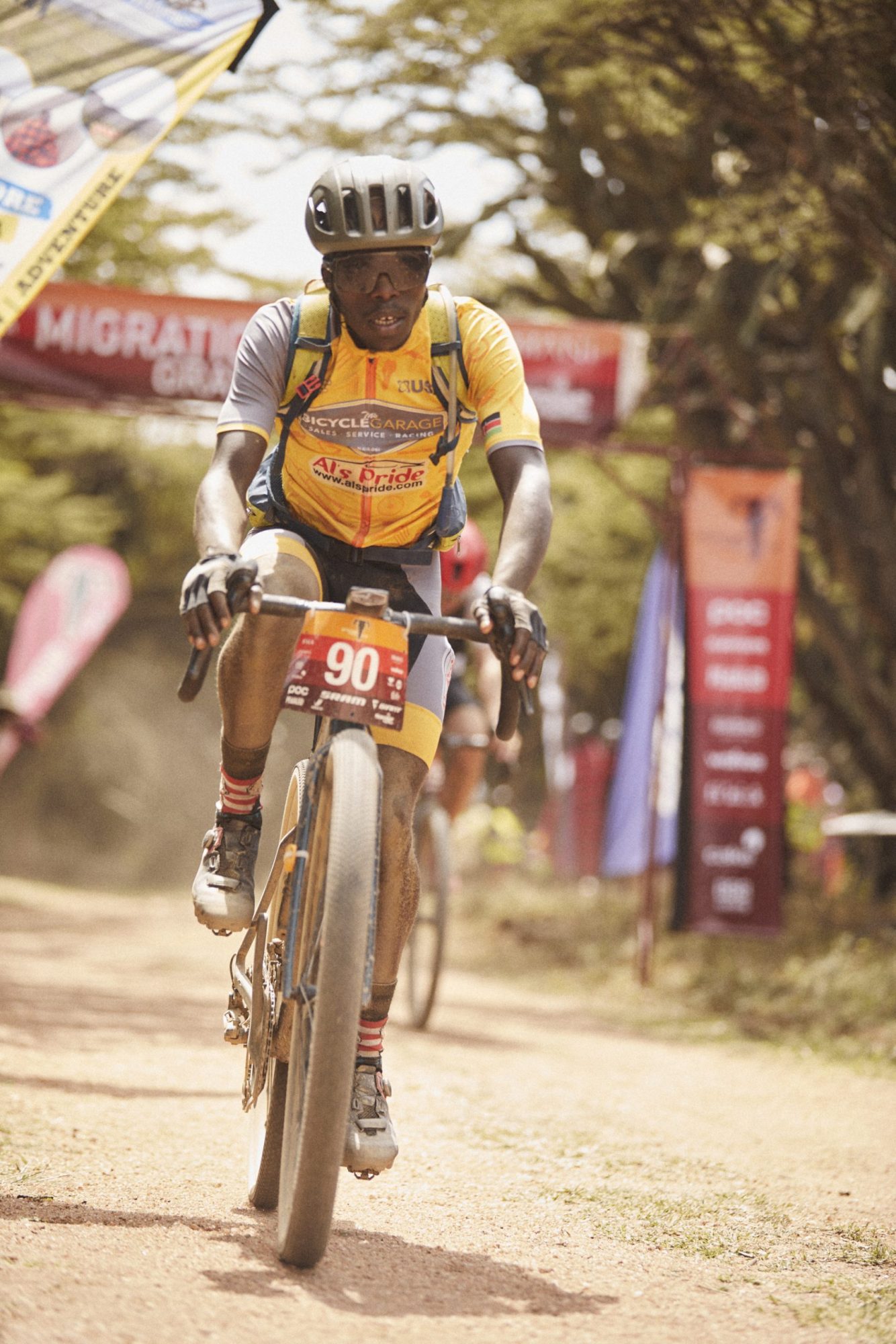In a matter of just a couple of years, the European calendar has been populated with loads of gravel races which, together with the already established American scene, keep cyclists busy all year long. With an alternative approach, East Africa is now also becoming a source of gravel races that, in addition to the racing incentive, provide cyclists with a much broader experience.
During the second half of June, three gravel events took place in East Africa, each of them with its own format and identity. On June 17th it was time for the first edition of the single-day race Safari Gravel. Just three days later, the already-established Migration Gravel Race celebrated a new edition in the Masai Mara, and many of the participants made the trip to Tanzania in order to tackle on June 27th the ultra-distance challenge that the Evolution Gravel Race entailed.
Safari Gravel
One of the reasons why Safari Gravel came to life was to provide riders with a nice introduction to the Kenyan gravel scene as a preliminary test ahead of the Migration Gravel Race. It is intended both for locals and cyclists from other continents, and the participants could choose between a 60 or 120-kilometer course.
It took place in Hells Gate National Park in Kenya, well known for the Lion King movie. Foreign riders arrived at the camp the day before the race, prepared their bikes, and quickly headed to the briefing. We can imagine their reaction when they heard that a helicopter would be used to clear the road from dangerous animals.
Some riders took it easy with their focus set on the Migration Gravel Race, even if the day after Safari Gravel the organization planned a full day of rest with the option to go for a boat ride or safari. That wasn’t the case for Amity Rockwell and Mattia De Marchi, who were the fastest in the 120 km race.
On Monday 19th the ones attending the Migration Gravel departed early for a 6-hour bus drive to the new location. The ones that had to return home did it with a revitalizing experience under their belt.
Migration Gravel Race
The 2023 edition of the Migration Gravel Race consisted of 650 km spread in four stages, all of them in the Masai Mara territory. If Kenya as a whole already stands out for its flora and fauna, the southwestern part of the country is a true gem with green fields, the well-known savannah, and a decent amount of hills.
During those days, riders often saw wild animals crossing the gravel paths barely a dozen meters in front of them. At first, no one could believe what they were seeing in front of them, but in the end, they got used to it. “It is a pity that sometimes you were so focused on the race that you missed out on some nice moments” mentioned Martí Vigo, former professional road cyclist with Androni Giocattoli-Sidermec. He already traveled to East Africa to race the Tour of Rwanda, but off-road racing allowed him to be closer to the wild animals that populate the region.
Some of the most successful gravel riders in Europe made the trip to Kenya. Bear in mind that the Migration Gravel Race is part of the Gravel Earth Series so, even if the main reason for most of them was simply riding their bikes in another part of the world, there was also a competitive incentive. They were also explicitly requested to race as hard as possible, in order to compare their level with that of the local East African riders. “We need to know who is ready to race internationally” – said Mikel Delagrange from Team AMANI. The team Gravel Café du Cycliste was well represented with four riders, the same as Enough CC with Mattia De Marchi willing to repeat the good performance of the previous year.
Apart from that, the hype for this particular race translated into a sold-out, so the ones that managed to get an entry can consider themselves lucky. To get to the initial camp, most of the riders coming from abroad that did not take part in Safari Gravel spent first a night in Nairobi and then got to their destination with a bus provided by the organization.
“In four days’ time you will be different people than what you are right now”, said Mikel during the race briefing to the individuals that were about to embark on this life-changing experience.
Each day, while riders were pushing through the tough gravel of Masai Mara, the base camp was being built so that they could find their own tent and start the recovery process as soon as they finished. “It was nice to see the local Masais being so involved in the organizational tasks of the event”, said Lydia Iglesias from Gravel Café du Cycliste.
In East Africa there are around 12 hours of sunlight per day all year long, so by the time riders took a shower it was almost starting to get dark. Lydia told us that the post-stage time flew by. “After queuing to eat, preparing all the clothes, and planning the next stage, the time before going to sleep was almost over”, she said. Nonetheless, she found all the base camps very charming, with beautiful locations close to where giraffes and zebras live.
All the stages were tough, with rocky paths and long straights where it was difficult to make progress because of the rough surface. Nonetheless, with stages that were 160 kilometers long on average, there were also many flowy sections through single tracks and smooth gravel. This race took place during the winter months in Kenya, so the temperatures were fortunately mild, also because riders were constantly over 2.000 meters of elevation. All in all, there was no easy day, with the terrain playing a bigger factor than the elevation gain.
Results-wise, Amity Rockwell was the most consistent rider and claimed the General Classification of the race ahead of Madeleine Nutt and Maria Guðmundsdóttir. The German mountain biker Lukas Baum, who stated that was taking part in a gravel race for the first time, started his journey in the discipline with a notable win. Next to him on the final podium were Lachlan Morton and Tanner Visnick.
Back to the testimonials, both Lydia and Martí highlighted the excitement of the little kids whenever a cyclist passed by their side, and how amazed the locals were by the physical level of participants, as for them it was hard to believe that one can cover such distances on a bicycle. Running is by far the main sport in Kenya, so nowadays people wearing lycra while riding a bike are still seen as weirdos.
Not everyone can say they have been riding their bikes in Kenya, surrounded by some of the most majestuous animals on Earth. It was surely an enriching experience both for foreigners and locals, and everyone benefited from this 3rd edition of the Migration Gravel Race.
“I think that thanks to events like this and all the projects that Team AMANI is involved in, cycling in East Africa will grow exponentially, and that would be great to see because there is a lot of potential there” – Lydia Iglesias
Evolution Gravel Race
Compared to last year, the Evolution Gravel Race changed its format and, although the course remained the same, this time riders had to tackle it with two 425-kilometer stages rather than five shorter ones. It again began at the Ngorongoro Crater and ended by the sea.
There was a mandatory 12-hour break in an organized camp in between the stages, which riders made the most of by sleeping, getting food in, and exchanging stories with other fellow participants. This break started for each rider as soon as they reached the camp, no matter what time of the day, so for some it was night time while others had to stop during the day and resume their ultra attempt in the dark. After the break, it was a flat-out race to the sea.
We consider this format allows participants to enjoy the whole route to the fullest even if in essence it is still an ultra-distance race. If riders already suffer dangerous hallucinations while riding through the most civilized countries in Europe, sleep deprivation could have been very dangerous here because one needs to stay fully alert in a remote place like Tanzania.
Lachlan Morton won the Evolution Gravel Race and he honored his late friend Sule Kangangi, who claimed the first spot in the previous edition. Lachlan completed the 850 km in a riding time of 34 hours and 48 minutes.
Upcoming gravel hub
Some people were aware of the potential of gravel cycling in East Africa since the news about the first edition of the Migration Gravel Race, and many others got on the hype train after seeing friends race there. We are not expecting any mass participation events taking place in the area in the near future, but with the current format of Safari Gravel, Migration Gravel Race and Evolution Gravel Race, riders have different chances to get a taste of what cycling in East Africa is about.
Alternatively, any cycling enthusiast will soon be able to use the facilities of the AMANI house, which is currently being built in Iten. The running mecca is becoming an off-road cycling hotbed too, and the know-how of locals and others involved in the projects in the area will make sure that this steady growth continues.



